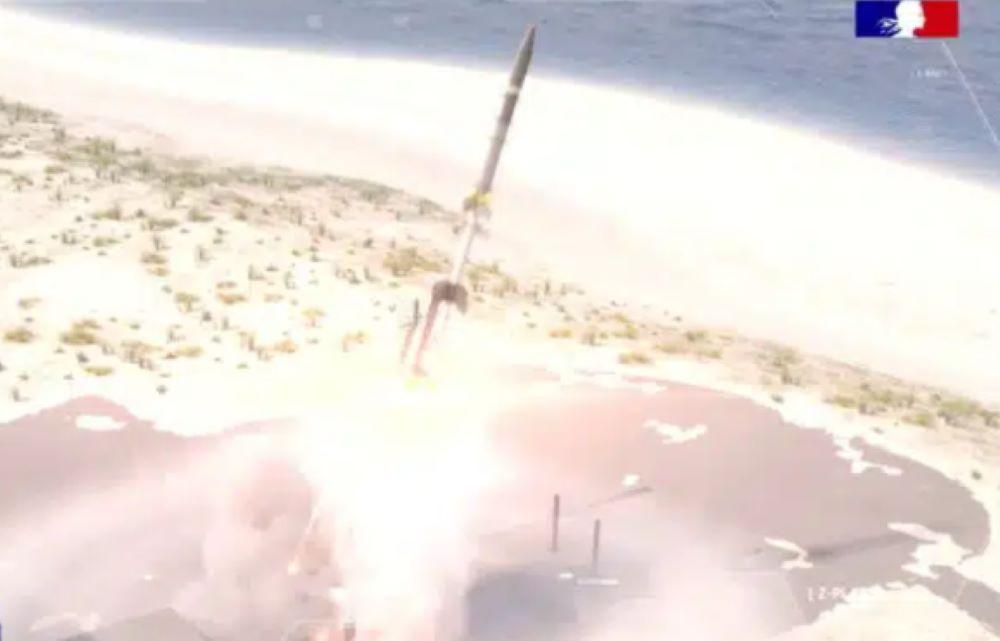
V-MAX
Credit: DGA
More details about France’s V-MAX hypersonic glider flight test have emerged after U.S. Naval Sea Systems Command revealed that it had provided the sounding rocket as a booster for the experimental maneuvering vehicle. Detailing its involvement, the U.S. Naval Surface Warfare Center revealed on Dec...
Subscription Required
More Details Emerge On France’s V-MAX Hypersonic Glider Test is published in Aerospace Daily & Defense Report, an Aviation Week Intelligence Network (AWIN) Market Briefing and is included with your AWIN membership.
Already a member of AWIN or subscribe to Aerospace Daily & Defense Report through your company? Login with your existing email and password.
Not a member? Learn how you can access the market intelligence and data you need to stay abreast of what's happening in the aerospace and defense community.





